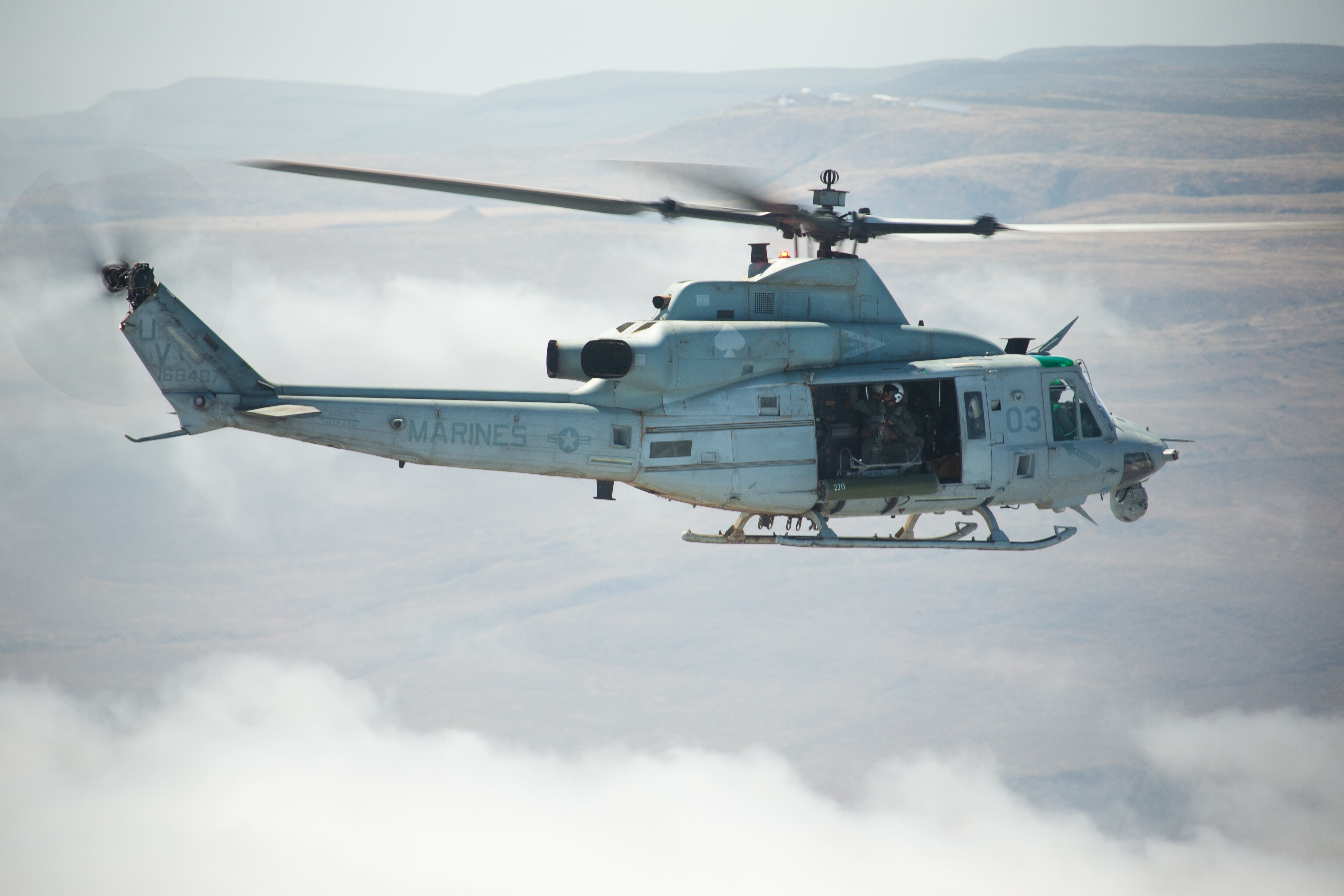The U.S. Army must move faster to deter near-term threats. Although the Army has a strategy to modernize the force by 2030, that is just seven years away and potentially four years too late if the Chinese Communist Party attempts to retake Taiwan by force by 2027, as our military commanders suggest.
To effectively deter Chinese President Xi Jinping, the U.S. Army must develop a clear and coherent strategy to fill the gap between now and 2030.
While the Army has prioritized readiness since 2019, we have yet to see meaningful results. In addition to the depletion of the Army’s munitions stockpiles as a result of the war in Ukraine, we are also still seeking to understand the Army’s broader changing munitions requirements.
New long-range weapons will not reach the hands of soldiers in time to make a difference in a potential crisis this decade in the Indo-Pacific region. Heavy armor, such as tanks, must be augmented and protected with loitering munitions we do not have. The service has underinvested in electronic warfare capabilities and made rosy assumptions about its ability to maintain communications in the event of a crisis.
Here’s the good news: The Army and Congress can fix most of this within a few years if we take action now. In my role as chairman of the Tactical Air and Land Forces Subcommittee, I have prioritized laying the groundwork the Army needs through the House version of the National Defense Authorization Act for fiscal 2024.
First, the Army needs more munitions; we must close this gap. Until the U.S. military’s war-planning guidance for large-scale conflicts in Europe and the Indo-Pacific is updated to reflect a post-Ukraine invasion reality, Congress will struggle to send the right demand signal to the U.S. munitions-industrial base about how far they must accelerate production.
We cannot afford to repeat history by rapidly supercharging munitions procurement, only to undermine the industrial base when demand subsequently drops. To solve this problem, Congress requires updates to critical war plans from the U.S. military before the next budget cycle. The House defense authorization bill will require this update.
The Army also needs stronger munitions. We need an improved energetics enterprise — for propellants, pyrotechnics and explosives — to make our munitions more lethal and effective. The Army should work with the Defense Department’s Joint Energetics Transition Office that the current House defense authorization bill creates.
Additionally, the Army needs weapons with range. The Army is just beginning to procure enough of the Navy’s Tomahawk cruise missiles in FY24 to field new, tailor-built units like the Mid-Range Capability with plans to ramp up investments by 2028. Every effort must be made to increase the quantity of these weapons for the Army as fast as possible so that the service can deal with the massive distances that characterize the Indo-Pacific.
Second, we must reevaluate the near future of tanks and heavy armor. We know the Army will need more tanks, but we must address how they should be protected and how to best improve their survivability. The Army must invest heavily in loitering munitions — otherwise known as exploding drones, which nosedive into targets and explode on impact — with extended ranges. This will expand protective rings around tanks on the battlefield and allow new generations of ground vehicles to act as control nodes for swarms of loitering munitions, instead of easy targets.
RELATED

Third, the Army must improve its awareness and competencies within the electromagnetic spectrum. The Army is conducting an electronic warfare portfolio review; Congress must examine the results of that analysis before the next budget cycle kicks off.
We cannot afford for the Army’s communications to be jammed, for soldiers’ electronic signatures to be tracked or for the Army’s ground-based networks to create single points of failure during conflict. We need to reinvigorate these forces as a primary military competency rather than a subordinate command to cyber forces.
With China rising and the “Davidson Window” looming, the Army must develop and execute a clear plan for the 2020s. This plan must include a path to closing the munitions gap, improving the survivability of tanks and strengthening the service’s competencies within the electromagnetic spectrum. These building blocks are affordable, effective and achievable. We no longer have the luxury of time.
Rep. Rob Wittman, R-Va., is the chairman of the House Armed Services Committee’s tactical air and land forces panel.







